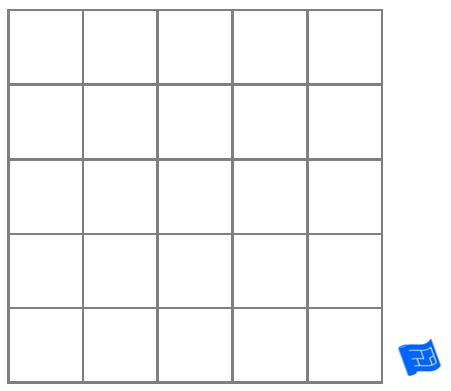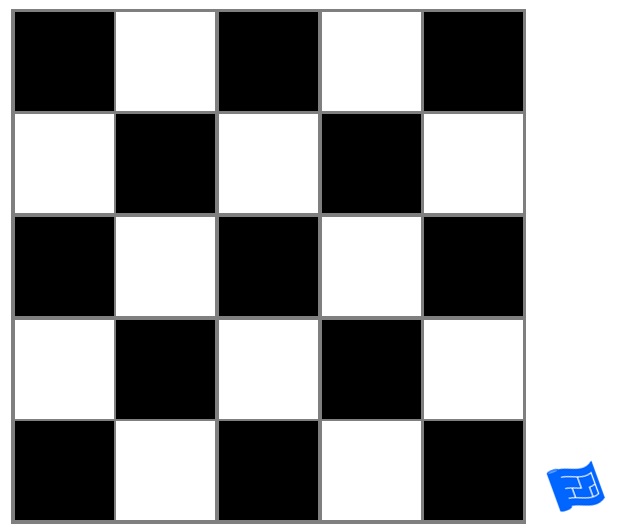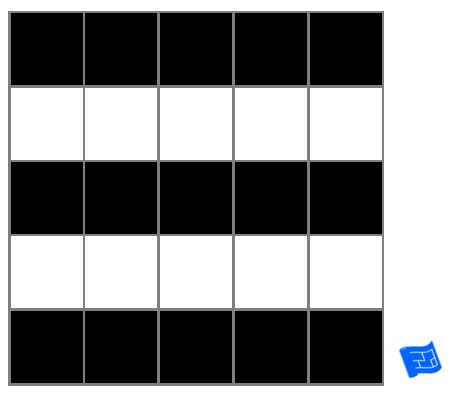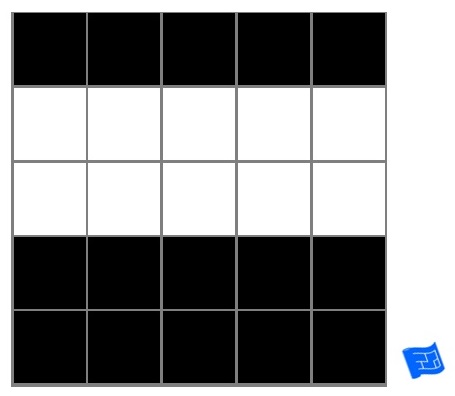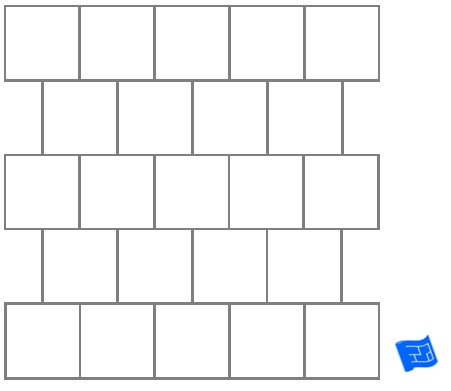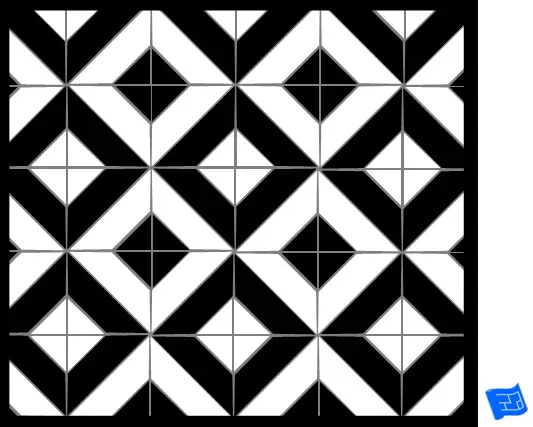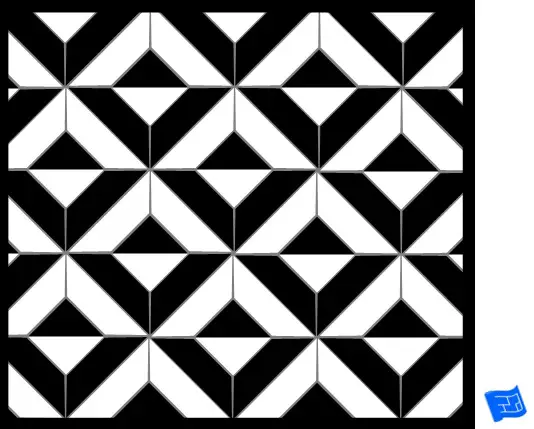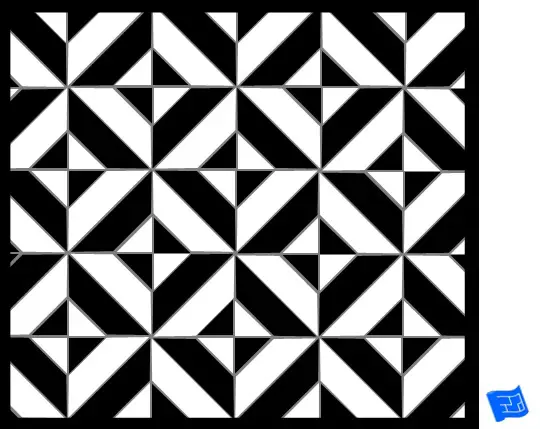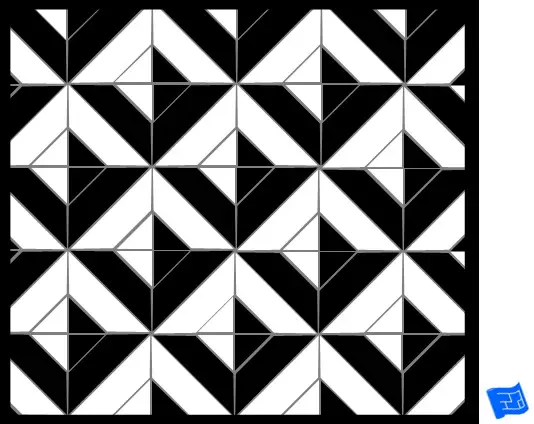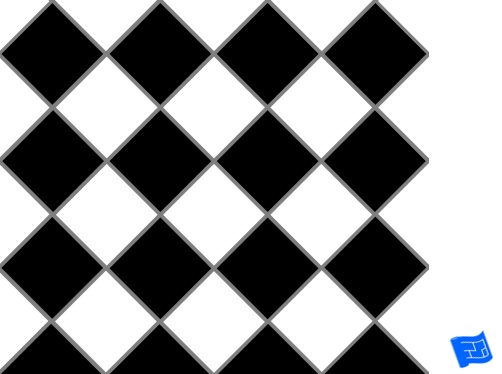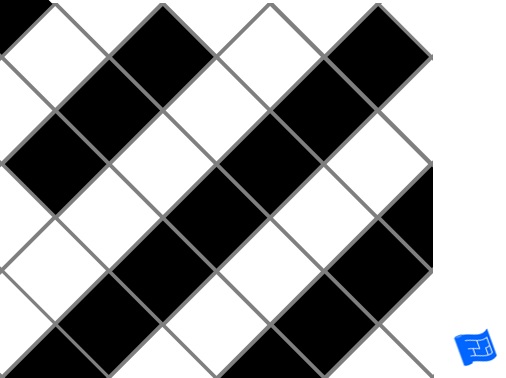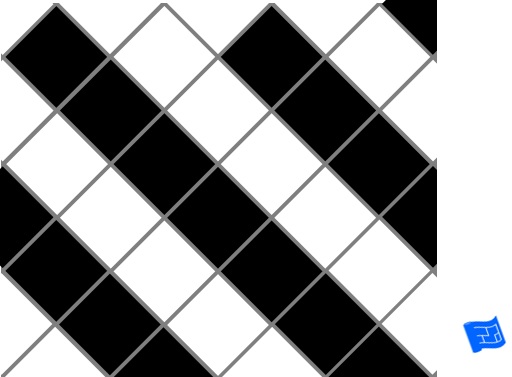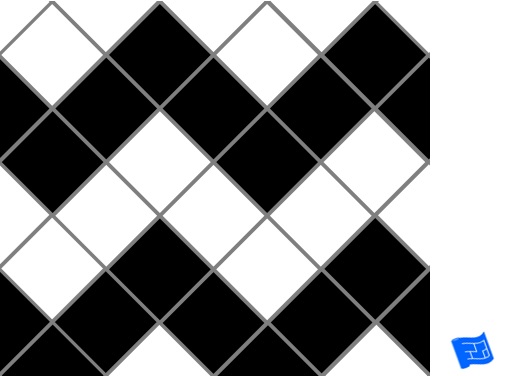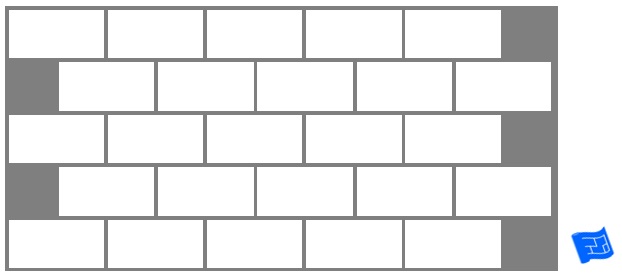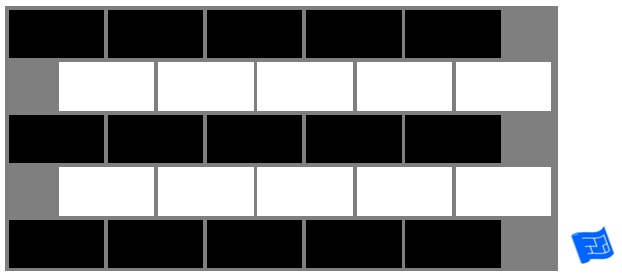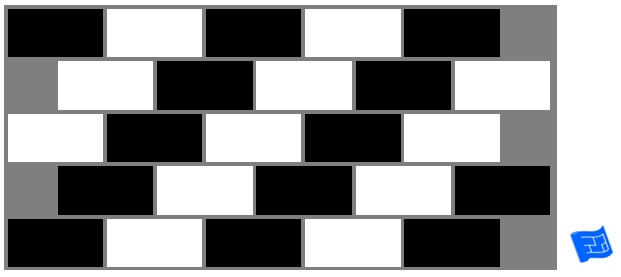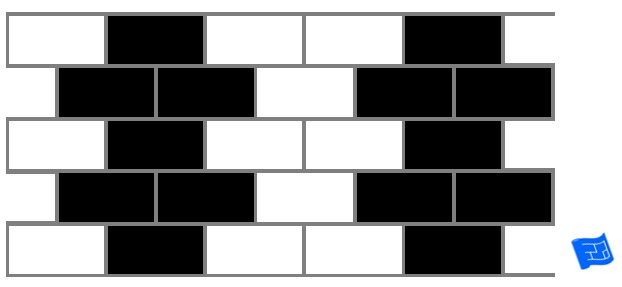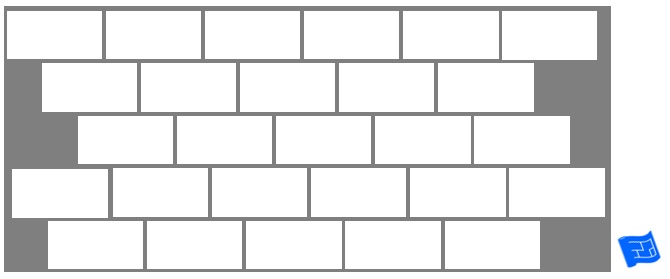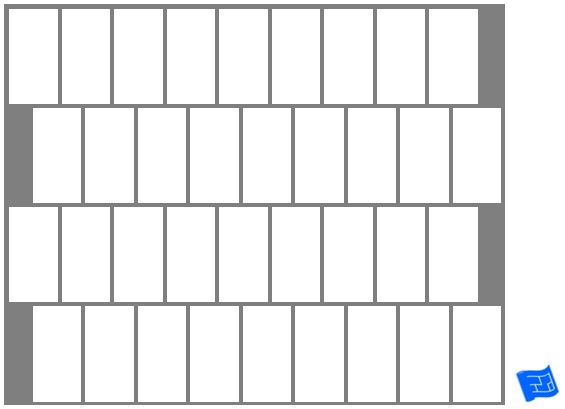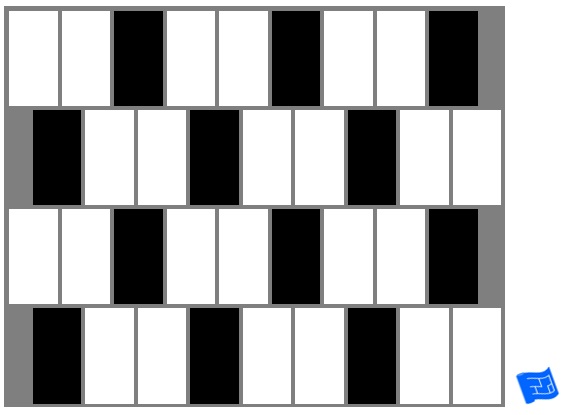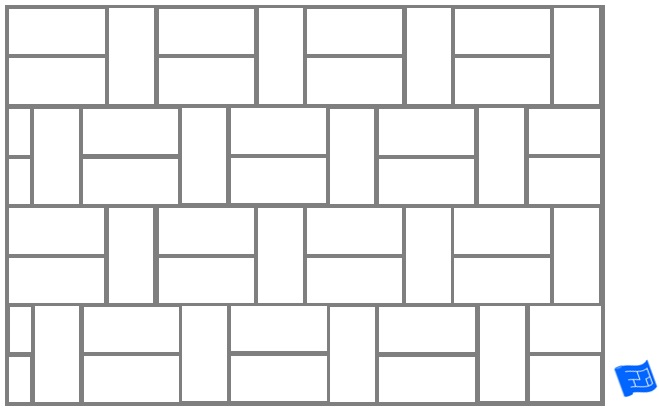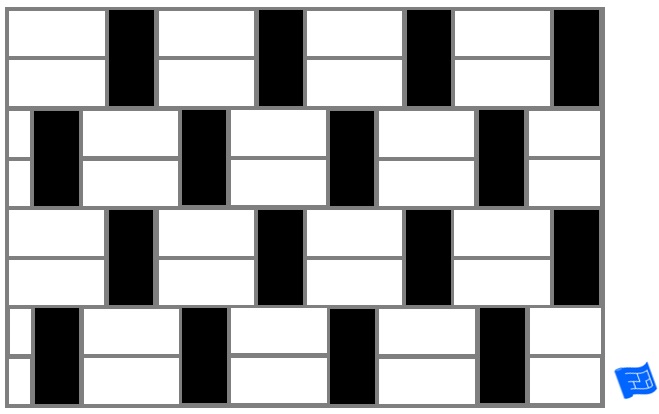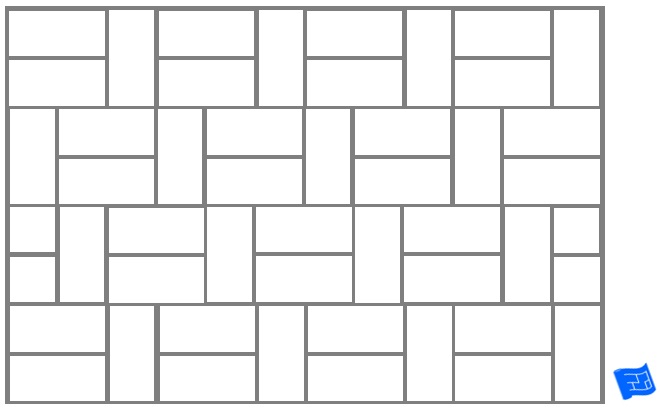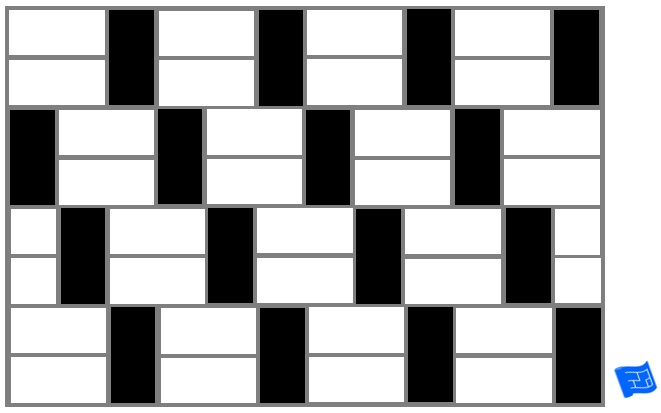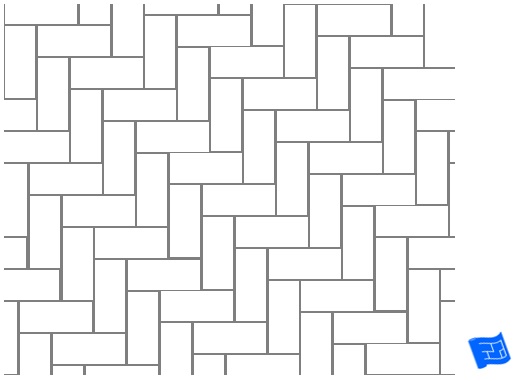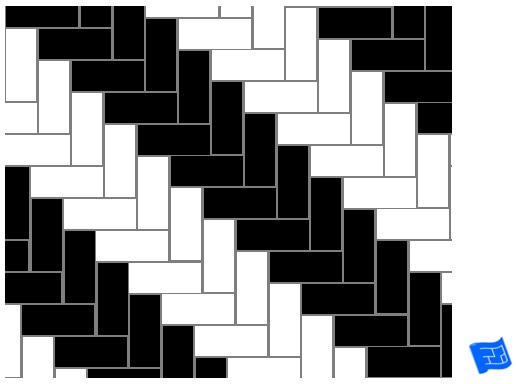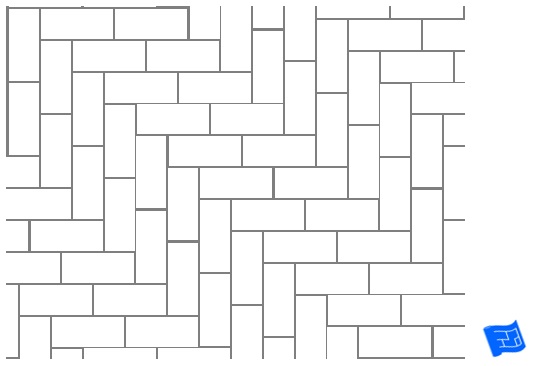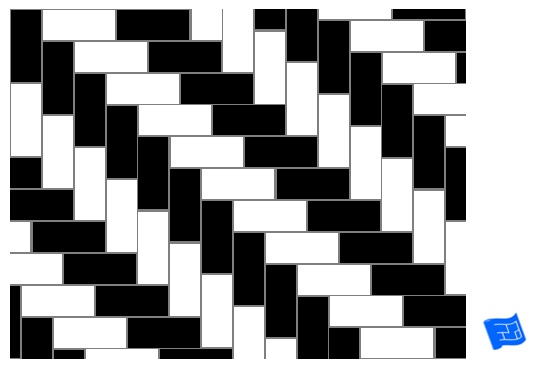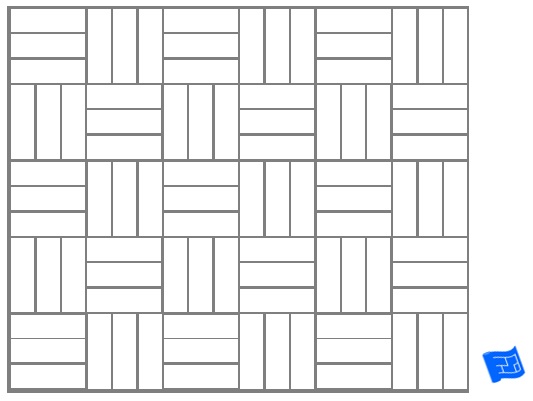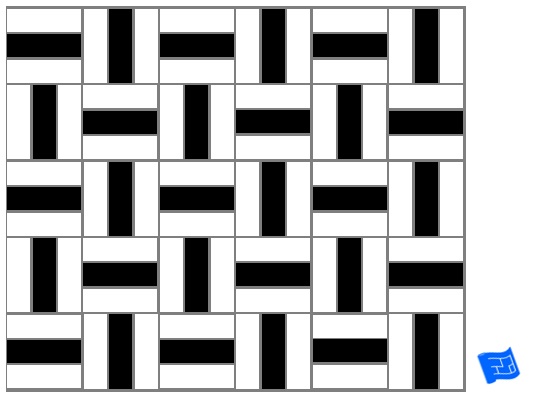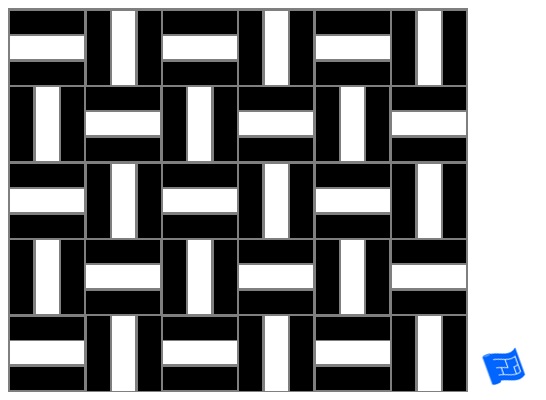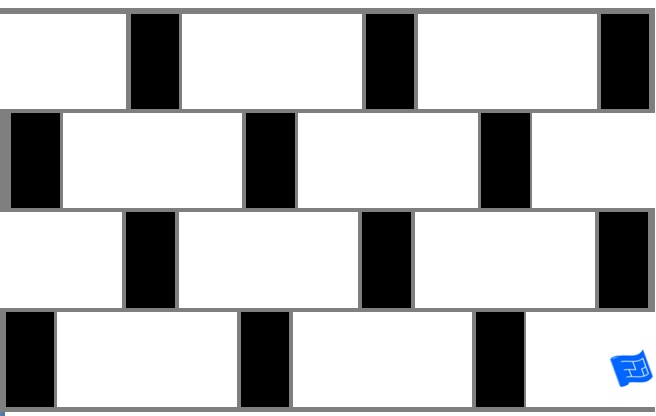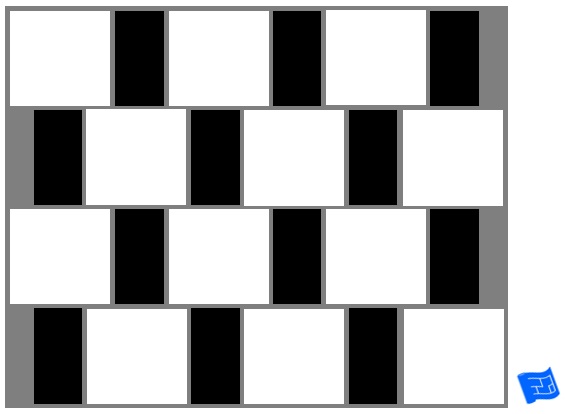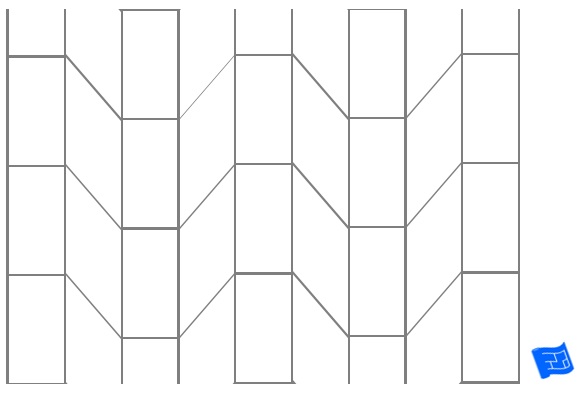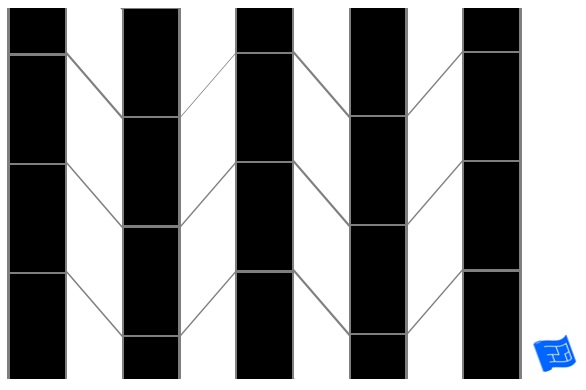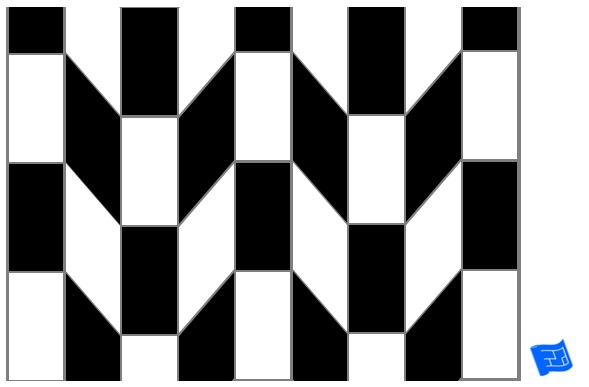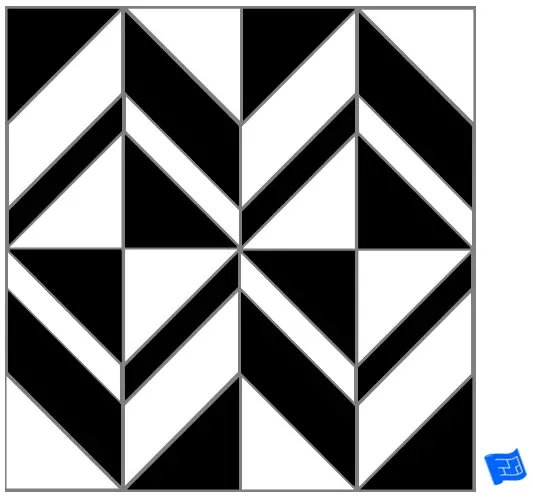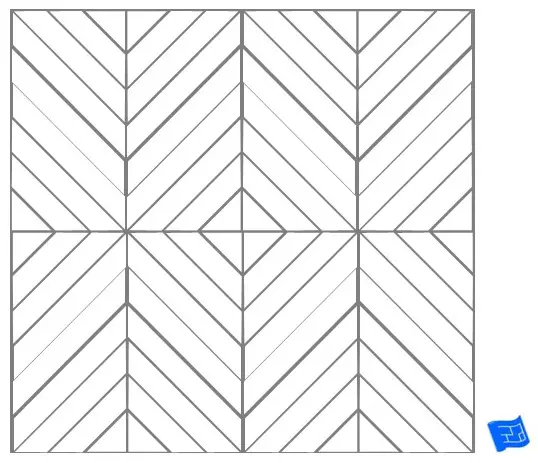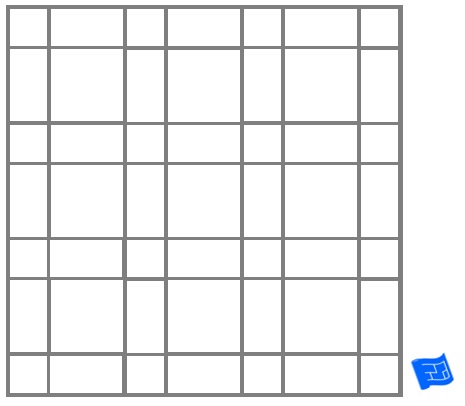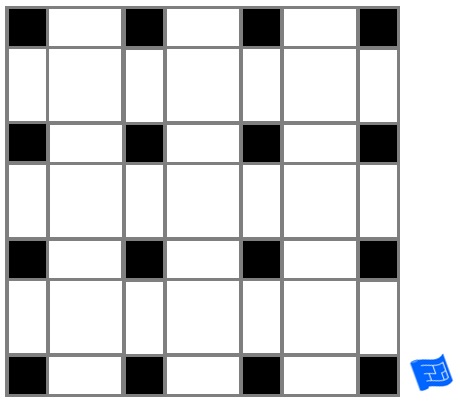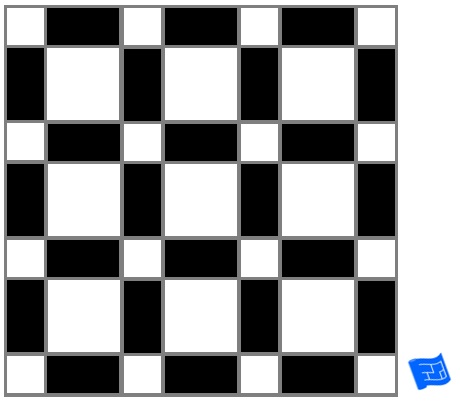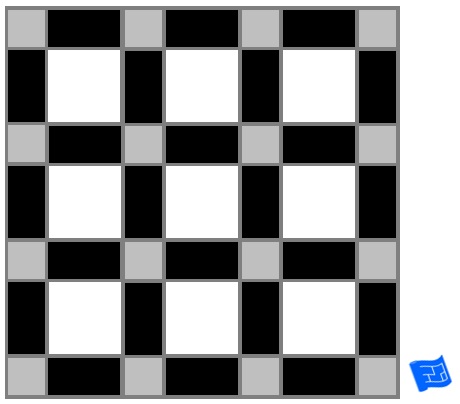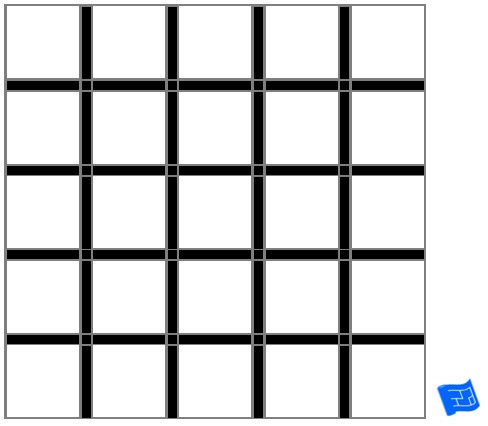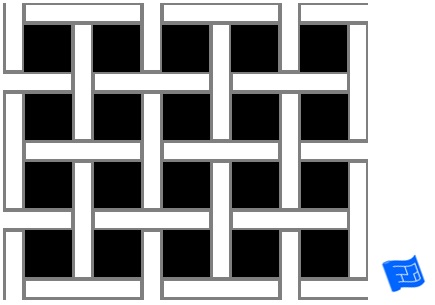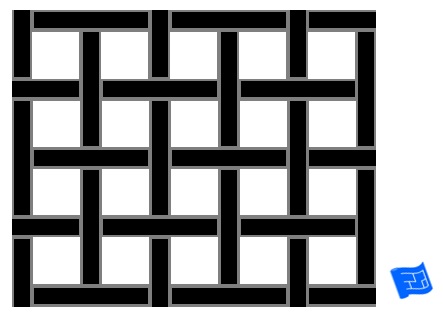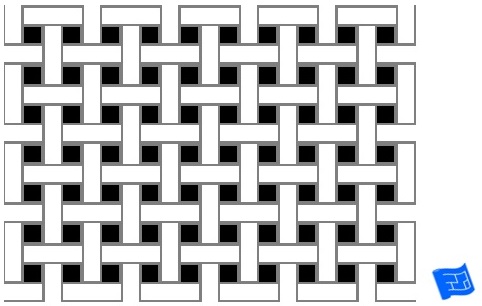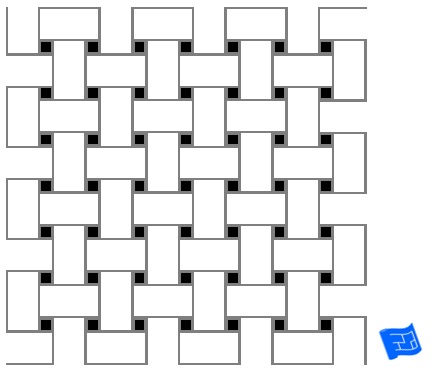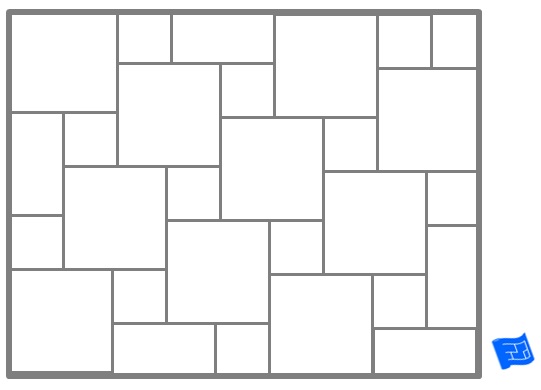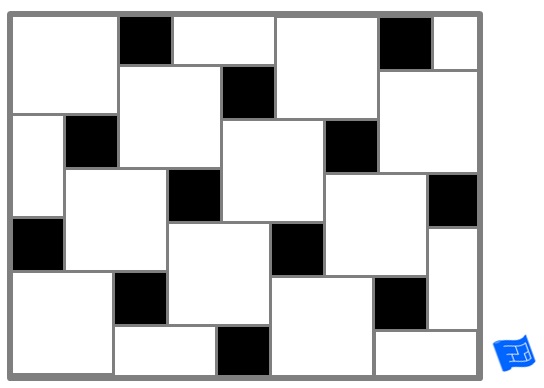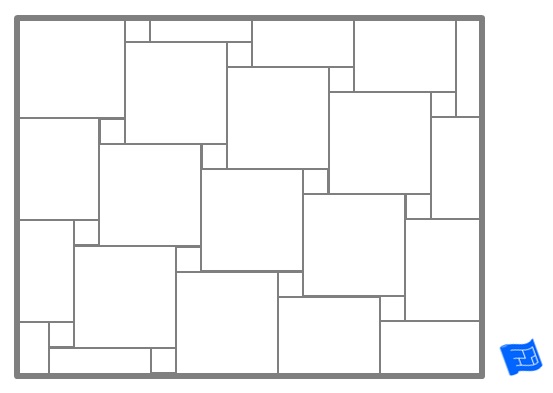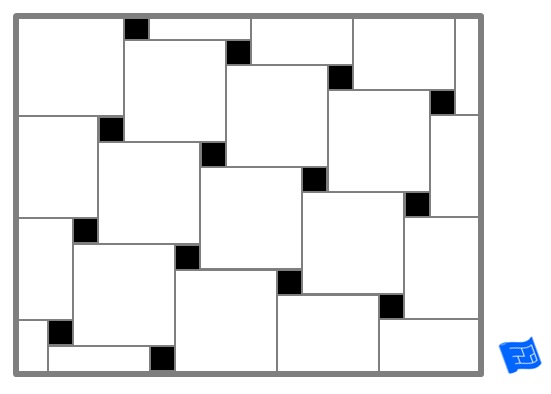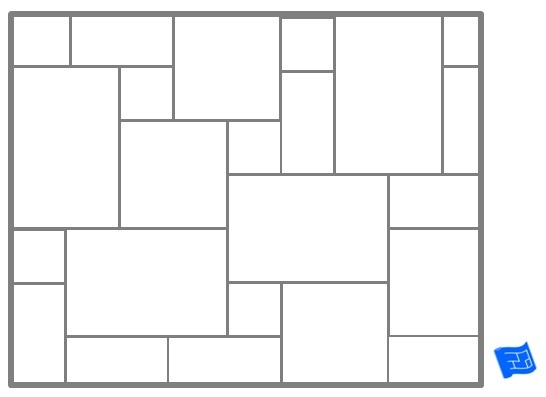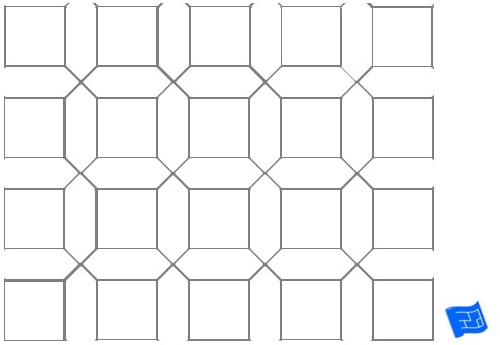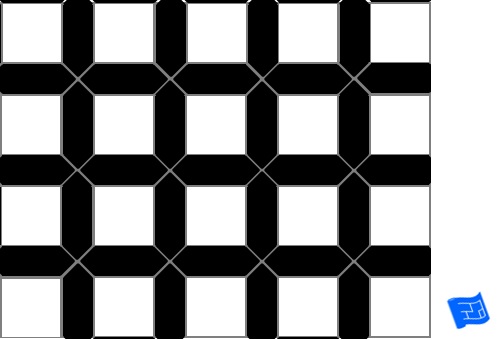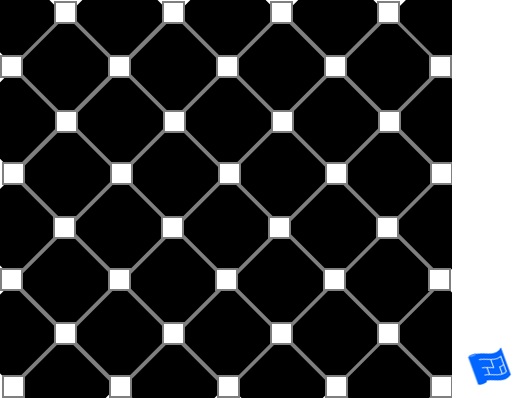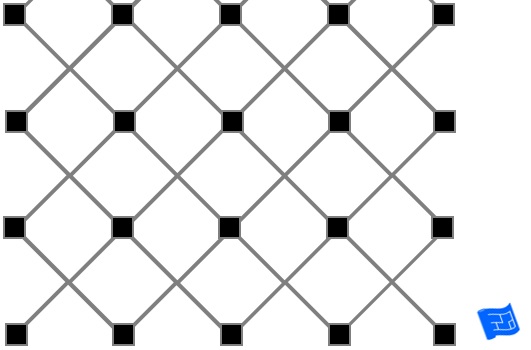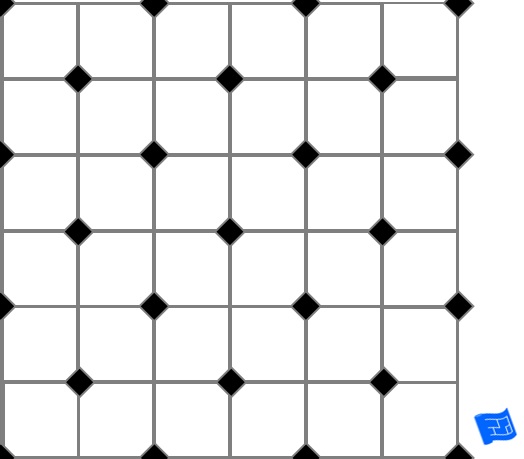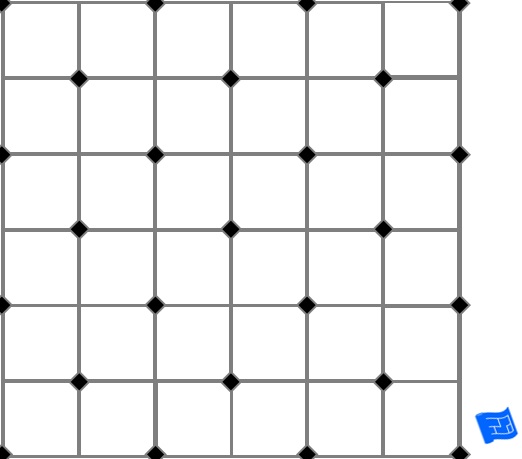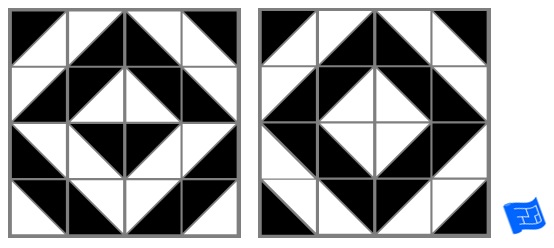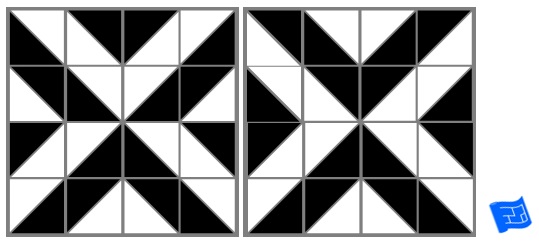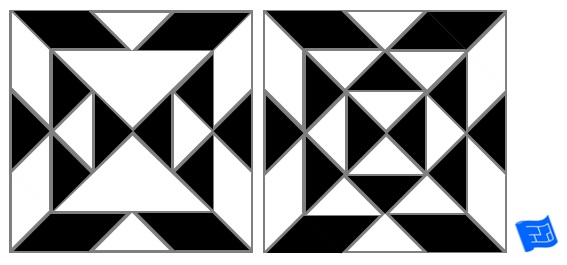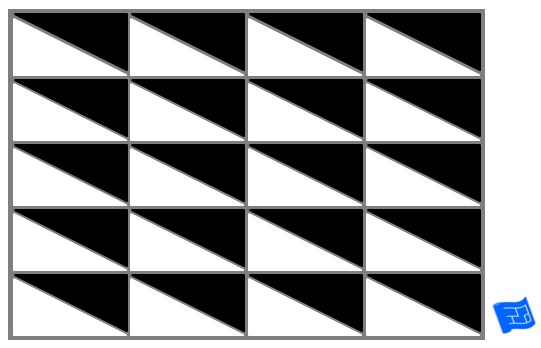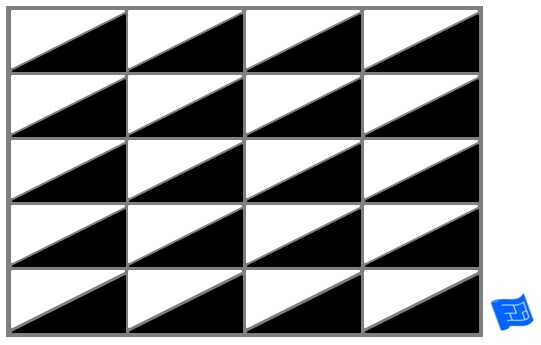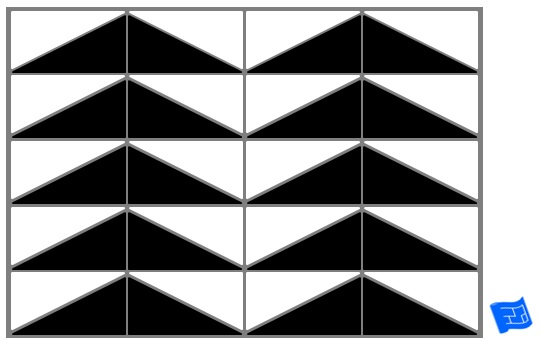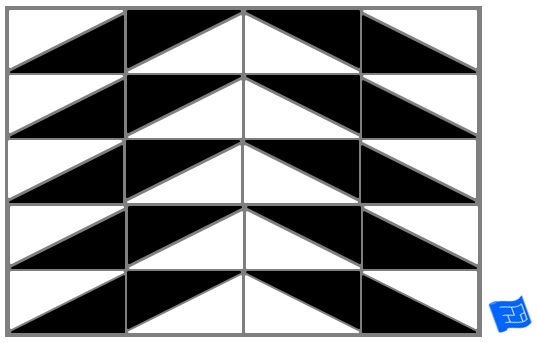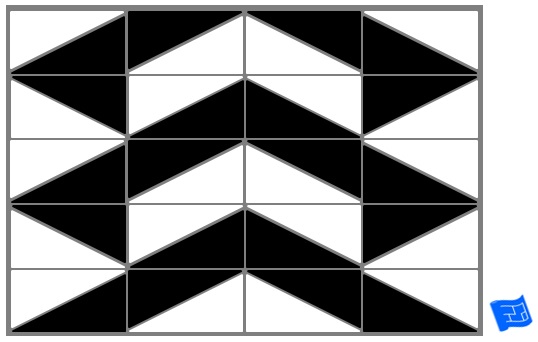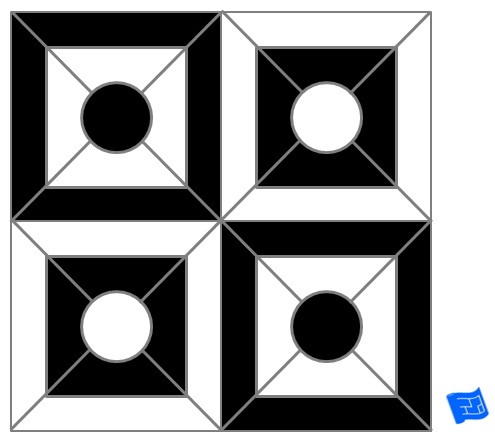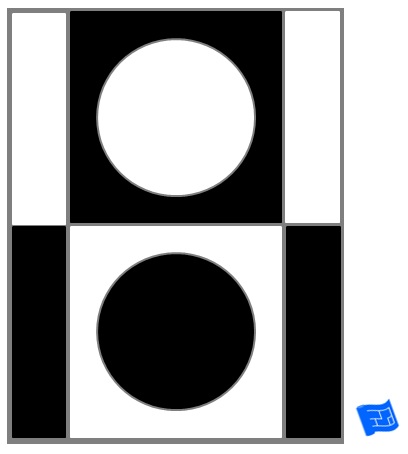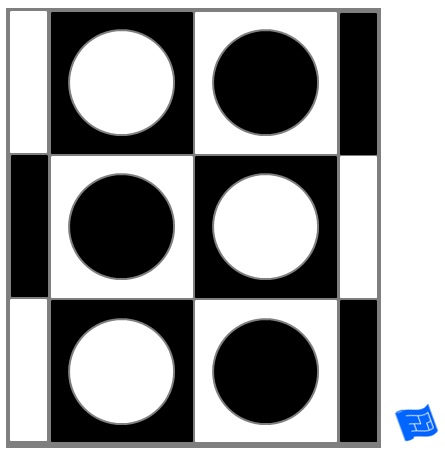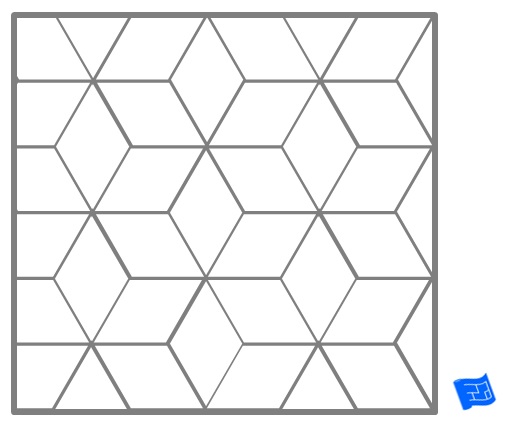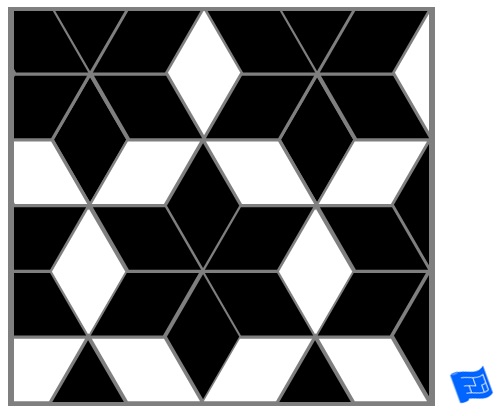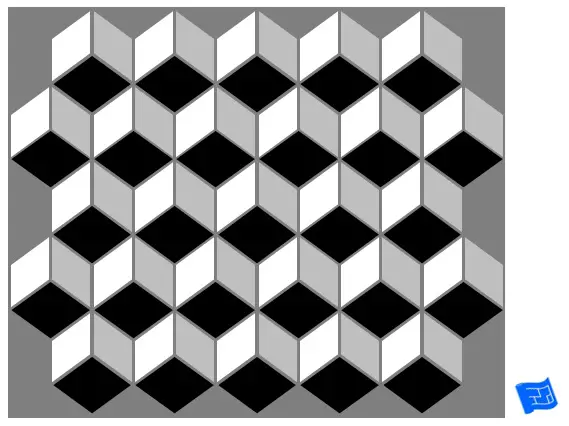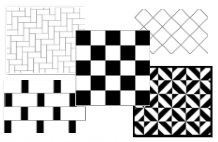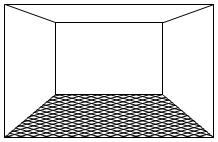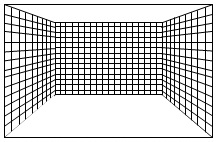- Home
- Tile Patterns
- Tile Patterns Gallery
Tile Patterns Gallery
I put all the tile patterns on one page because it's hard to decide if they're most appropriate for floor tile patterns or wall tile patterns.
As you look through these patterns you'll be able to see how adding color, changing the hanging direction or making cuts in larger tiles can change the look of the tile design.
There are lots that you'll recognize and some you haven't seen before.
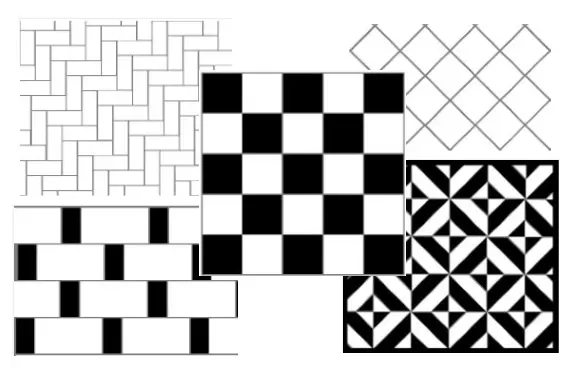
This page is part of the tile patterns series.
Square grid
Square tiles are inexpensive and are full of possibility with lots of tile patterns possible.
These next tile patterns are created by cutting larger square tiles of two colors.
Diamond grid
Changing the hanging direction
Subway tile / brick - horizontal
Subway tile is equally as versatile.
If the colors of the tile are alternated this sets up an optical illusion where the strips seem to change thickness.
There are lots of tile pattern possibilities.
You can try altering the offset between rows. The most common way of doing things is to offset each row by half the tile length. In the tile pattern below the offset is 1/3 the length of the tile.
Subway tile / brick - vertical
Subway tile / brick - multi directional
Herringbone
Herringbone is a very traditional design which you'll often find on wooden parquet floors. There's no reason to use tiles. You can use subway tiles and as the tiles get longer and thinner this changes the look of the tile pattern.
Triple Block
Palazzo (Rectangle mixes)
I just made 'Palazzo' up. I thought rectangles could do with a bit of glamming up.
I haven't done an example here but don't forget that you can play with the offsets when using double rectangle or square and rectangle patterns.
The design below is created by making cuts in large rectangular tiles of two colors.
Square block lattice
Square weave
Pinwheel
Versailles
This tile design is popular in country style kitchens.
Dijon
How come France gets to claim so many tile pattern names?
The look of the Dijon design can be changed by making the lozenge shape narrower.
Corner squares
This is a very popular traditional Georgian tile pattern.
Triangles
These triangles are created by cutting larger square tiles.
Triangles are useful for creating centerpieces.
The next few triangle designs are created by cutting larger rectangular tiles of two colors on the diagonal.
Circles
Circle tile patterns are created by cutting a circle out of a square tile.
Diamond geometric patterns
More Tile Patterns for you...
You might find these other pages on tile patterns useful.

